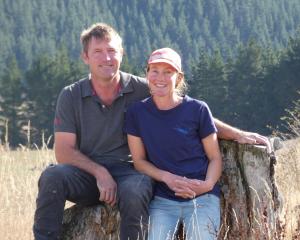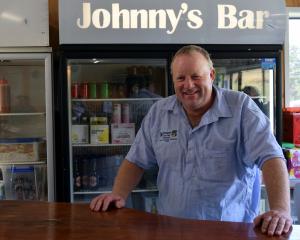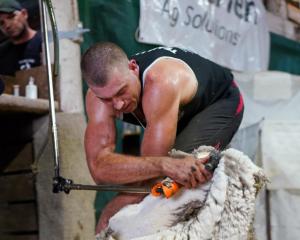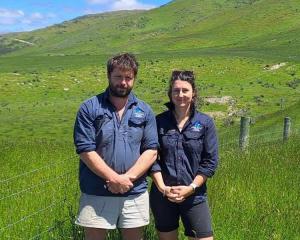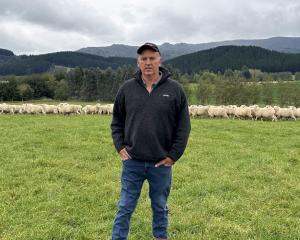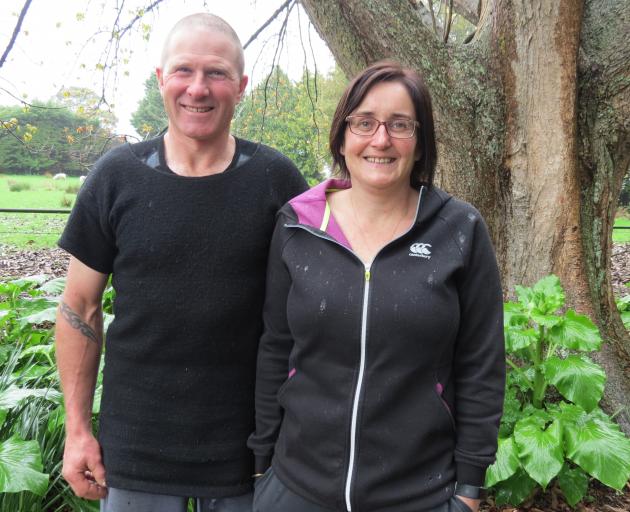
Mrs Pinckney manages the St Peters College 8A netball team and their two daughters, Thea (15) and Lauryn (13), play in the school's netball teams.
While they are dedicated to the sport, the Pinckneys are also passionate about their farm.
Mr and Mrs Pinckney have a 450ha (390ha effective) property and they run 2500 ewes, 600 hoggets and 40 Romney-Texel rams, which they have sourced from Nithdale Station for the past four years.
''We also have 60 own beef animals and graze about 200 other dairy and beef animals,'' Mr Pinckney said
They winter-grazed another 200 dairy cows through the winter as an additional income stream.
The Pinckneys shear once a year, with half the ewes done in December and the balance shorn in March.
Their lambing percentage is 147% for lambs tailed, and the hoggets average between 67% and 75%.
He said while all the hoggets went to the ram, only about three-quarters got in lamb.
''There is a much higher percentage [of hoggets] have singles [rather than twins or triplets],'' he said.
Mrs Pinckney said they finished 3300 lambs this year, which was a good average, with a carcass weight average of 17.6kg.
They aim for a 250kg beef carcass weight at about 20 to 24 months.
Stock are wintered on swedes, baleage and pit silage.
Mr Pinckney's grandparents established the farm in 1954.
''We employ my father, Michael Heads, as a labour unit, as he had good references,'' Mrs Pinckney said.
The couple have fenced-off 24ha of peaty land and placed it under a QEII covenant to protect the red tussock.
A biodiversity survey a few years ago found rare fernbirds living on the land.
They entered the Ballance Farm Environment Awards in 2012 and while they did not win, found the feedback and report from the judges useful.
''The judges made suggestions and provided ideas including what species to use for riparian planting, as well as other environmental suggestions such as replacing shelter belts,'' he said.
They have several fenced creeks running through their property, and have almost completed their riparian planting plan.
They have also planted more shelter belts, which they use to divide their paddocks in half and provide additional shelter.
''In the next five years we are going to look at what we are going to do farm-wise,'' he said.
They are considering whether to continue as they are or downsize, particularly with rules around winter grazing expected to be tightened.
Mrs Pinckney said that could mean not winter grazing dairy cows, which would have an impact on business profitability.
Mr Pinckney said when he was not working he enjoyed spending time with his family, bush walking, and netball umpiring.
''It is something completely different from the farm.''
Mrs Pinckney works at St Peters as a teacher aid and is the school's examination centre manager.




